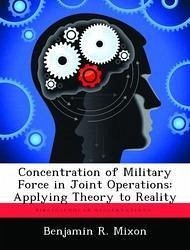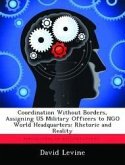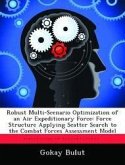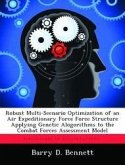This monograph discusses the theoretical principles of concentration of force of Carl Von Clausewitz, Baron De Jomini and Sun Tzu and their application to concentration in joint operations. The writings of these theorists are concerned with land forces. This monograph compares these land based theories of war fighting with two World War II campaigns fought in the Pacific Theater. The conclusions emphasize which of these theories apply to concentration of force in joint operations. The theories of Carl Von Clausewitz, Baron De Jomini and Sun Tzu are discussed first. This discussion focuses on their individual theories of concentration of force and how each compares with the other. Next, World War II Pacific Theater of War strategy and two campaigns, CARTWHEEL and Leyte, are examined to determine how forces were concentrated. The discussion focuses on the plans for concentration. The monograph concludes with a discussion of which theories of concentration were important in these two campaigns and other factors which are important to concentration but were not encompassed in theory. The fundamental conclusion is that these land based theories are indeed applicable to concentration in joint operations. The nature of joint operations involving air and sea power requires special consideration of time and space and synchronizing the concentration to achieve overwhelming combat power at the decisive point in time. The complexity and diversity of the forces add to the difficulty of achieving concentration. Command and control is critical to successful concentration but is often not clearly defined in joint operations. The monograph discusses these issues and the other theories that appear to impact on concentration of force in joint operations.
Hinweis: Dieser Artikel kann nur an eine deutsche Lieferadresse ausgeliefert werden.
Hinweis: Dieser Artikel kann nur an eine deutsche Lieferadresse ausgeliefert werden.








